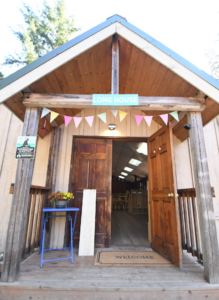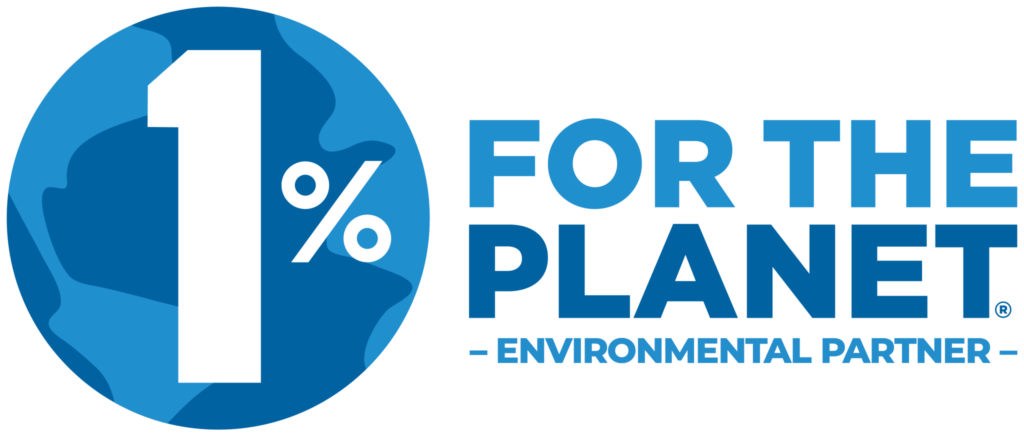
Eddy Daniel
Marketing, Communications, and Design Intern
Energy justice and equity guarantee all communities, regardless of race, location, and socioeconomic status, access to clean and affordable energy. Unfortunately, in the US, not all communities have this access.
Injustices in energy systems in the US exist in several forms. Currently, Indigenous, Black, and Brown consumers and those with lower incomes tend to pay a higher percentage of their income towards their energy bills compared to White consumers. This is referred to as their “energy burden.” Energy insecurity is a measure of affordability (energy burden) and accessibility. Low-income households face an energy burden three and a half times higher than non-low-income households. They are also more likely to face energy insecurity and most likely to be exposed to pollution from the fossil fuel industry. Non-White households, older adults, and renters also tend to have higher energy burdens in the US.
Due to high energy costs, households may be forced to choose between maintaining adequate heating and cooling in their homes and affording necessities like food and healthcare. Also, as a result of systemic disinvestment of Black, Brown, and Indigenous communities and racist housing and zoning policies, these families are less likely to have access to energy-efficient housing or available resources that support reduced household energy use. Despite the presence of energy assistance programs, such as the Low-Income Home Energy Assistance Program (LIHEAP) and the Weatherization Assistance Program (WAP), significant numbers of households are not able to access the funds, and the funds are insufficient to help everyone who needs assistance.
Fossil Fuels & Health
The US depends largely on fossil fuels, which are not clean energy sources. The oil and gas industry significantly contributes to air pollution, dumping 9 million tons of toxic pollutants into our air yearly. Black individuals are 75% more likely to live near toxic oil and gas facilities and be exposed to more of these pollutants. This exposure contributes to children’s health disparities. Black children are three times as likely to have asthma compared to White children. Safe and healthy environments for all children are critical to unleash their excellence.
Climate Change
Burning fossil fuels has also contributed to the current climate crisis. The impact of climate change can be seen through increases in heat waves, wildfires, and colder and harsher winters across the US. Due to climate change, energy-insecure households face power outages from increasing climate-related disasters or even preemptive shutoffs to prevent wildfires. Climate-related disasters can cause health issues and further deepen energy insecurity.
There is a need to embrace clean energy and for just transitions to ensure equitable access for all communities. Switching to clean, renewable energy sources such as solar, wind, and hydropower is a major solution. Individuals can take action by educating more people to fill the knowledge gaps on renewable energy. They can also vote for leaders who support energy justice and demand existing political leaders invest in clean, renewable energy sources. Households can also take simple actions such as turning off lights and appliances when not in use to reduce energy consumption and opting for energy-smart appliances when possible.
Check out our resources on climate change, energy justice, and children’s health to learn more.










